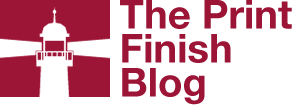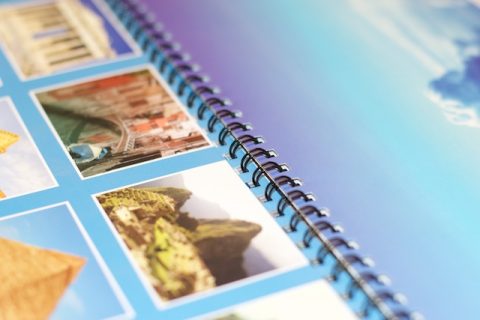Fall and winter always brings the new trade shows for a lot of industries, especially for those industries that see a winter slow down, like agriculture and the restaurant industries.
This is also the time that many businesses start looking for new ways to promote their brands to potential customers. But with the economy tightening, many companies are looking for ways to cut back on their trade show expenses. Here are three ways you can save money on printing costs and improve your effectiveness before your next trade show.
- Print shorter runs of sales brochures: Most people will print 10,000 copies of a brochure, because their per piece cost will drop dramatically. The problem is if you only give away 1,000 pieces per year, you’ll have that sales literature for 10 loooong years.
And since your products and brands will certainly change in that 10 years, you don’t want to be stuck with 9,000 pieces of out-of-date sales brochures — all that money you saved just got wasted the second anything changes on that brochure. Instead print just what you’ll need for a year. The per piece price will be more in the short run, but you won’t waste the brochures or money in the long run.
- Try variable data sales literature: Admittedly, the per piece price will be a lot more than even the regular brochures. However, their effectiveness is a lot higher than the standard generic brochures. Pick your top 10, 20, or even 50 best potential or existing customers and design a brochure just for them. Highlight their problems, their pains, and show how your product or service will help them. Make the brochure speak specifically to them, and it will serve as a great sales tool that will continue to work long after the show is over. This will be much more effective than handing your potential customer a brochure and hoping he or she will read it among all the other stacks of brochures they’re carrying around that day.
- Use variable data business cards: We’re starting to see a lot more of this here. With our Legend 72HUV wide format printer, customers are creating business cards with variable data, like putting special messages to clients, special offers and promotions related to a particular trade show, or even using different phone numbers to track calls.

